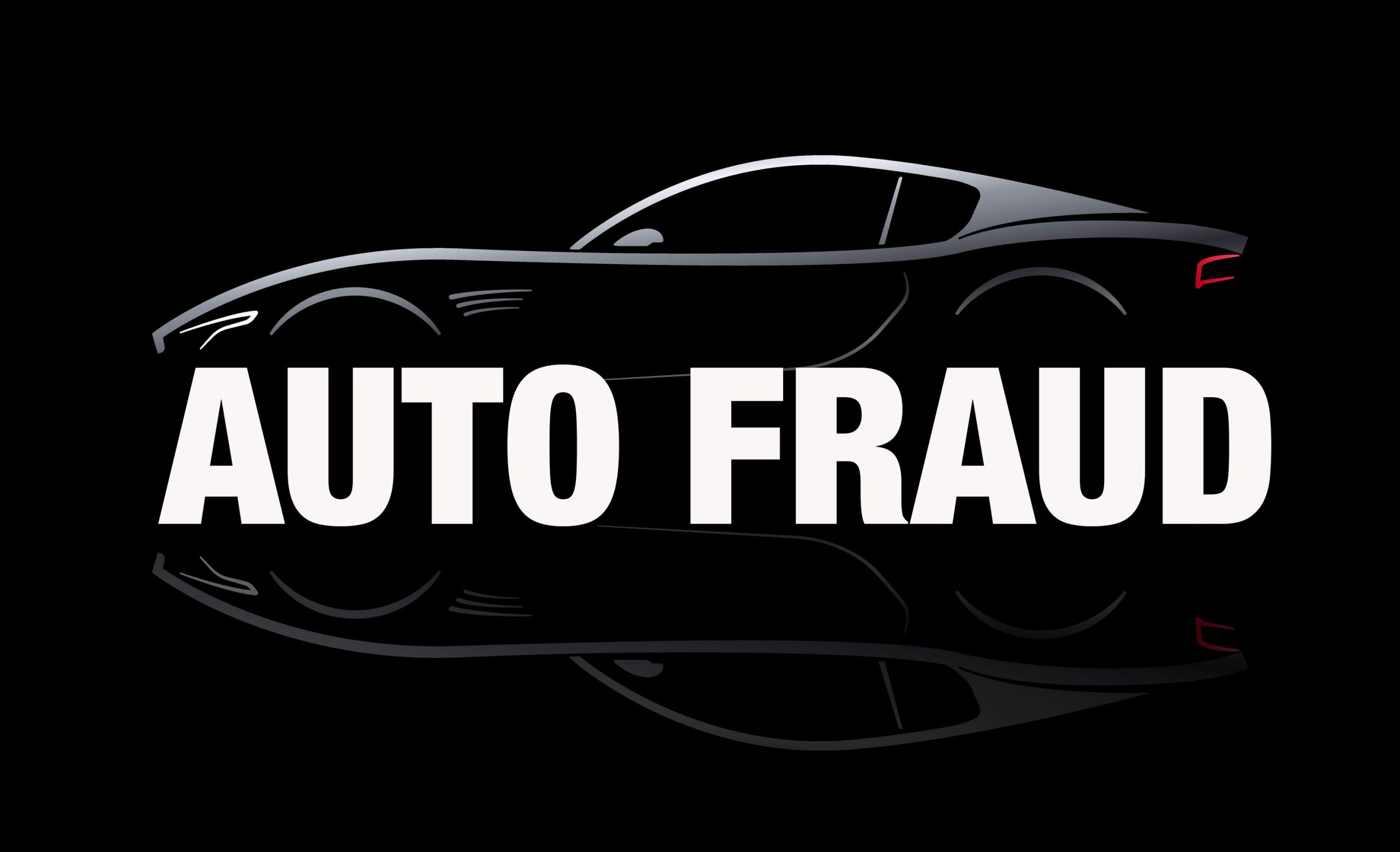Todd Wolf is a nationally recognized Vehicle Theft Fraud Investigator who spent 23 years with the CHP and close to 10 years of that investigating vehicle theft in one of the highest risk fraud regions in the world – Los Angeles.
As a fraud investigator for 10 years, he’s seen it all and what he see’s makes him scratch his head. In his opinion, most fraud originates at the dealerships, and that’s where most can be done – but it often is not. Dealerships rush to complete deals and let fraudsters walk out of the dealership with the keys Scott-Free.
Check out Todd’s Top Tips for Preventing Auto Lending Fraud. If you have time, check out the video as well. It’s a great primer for how to stop fraud at your dealership.
10 Recommendations From Todd Wolf To Stop Auto Lending Fraud
- Slow Down and Check Documents – Most fraud occurs at the point of the dealership. His advice? Slow down. Make sure you don’t try to just push the car out the door, check the documents and do your due diligence.
- Use Simple Search Tools – Use tools like Google search to check key items like the employer to see if it exists. Often times, fraudsters will provide fictitious employment since they are fabricating the identity of the application.
- Check the Drivers License – Most of the time the borrower will use a driver’s license from the same state that the dealer is located. He recommends that the finance manager pulls out their own driver’s license and compare it to the borrower. Many times the driver’s licenses used by fraudsters are cheap forgeries so inconsistencies will be spotted easily.
- Get DMV Drivers License Booklet – DMV publishes a booklet with the security features of drivers licenses. Use those booklets to compare the driver’s license that you receive from the buyer.
- Take Thumbprints on Every Deal – Go to the store, buy ink pads, and take a thumbprint of every borrower. This acts as a great deterrent to fraudsters as they do not want to expose themselves to getting caught. Additionally, it helps out in the investigation in the event there is a fraud.
- Watch for buyer Cheat Sheets – Fraudsters have bad memories. When they fill out the application, they have to refer to cheat sheets either on their cell phones, index cards or reference notes on their mobile devices. If you see a buyer filling out an application and copying information off a cheat sheet, be on high alert.
- Check Identity Red Flags – Dealerships can check red flags on the application and credit bureau. Check the address on the driver’s license and what comes back from the credit bureau. Check if it looks like a synthetic identity (low tradelines, new credit bureau but buying expensive cars). Check if there are any red-flags on the credit bureau such as social security alerts or notifications that the identity listed has been a victim of fraud before.
- Check for Proof of Income Documents – Check paystubs. Oftentimes there are indicators on the paystubs such as miscalculations,typos, whiteout and other obvious signs of forgery or manipulation.
- Watch for Late Night Fraud Attempts – Fraudsters know dealerships want to move cars so they come in late at night when they know there is a good chance a dealership will let them bring in verification documents the following day to complete the deal but give them the keys to the car that night. The problem? Fraudsters never return and the car is gone.
- Call in For Help – Get a fraud expert to come in and train your staff on how to spot fraud. Half the battle is being aware of fraud and then knowing what to look for. If you have been targeted for fraud, getting an expert like Todd Wolf to come in and evaluate would be a great idea.
Check out this video. It is eye-opening!



